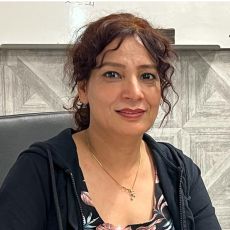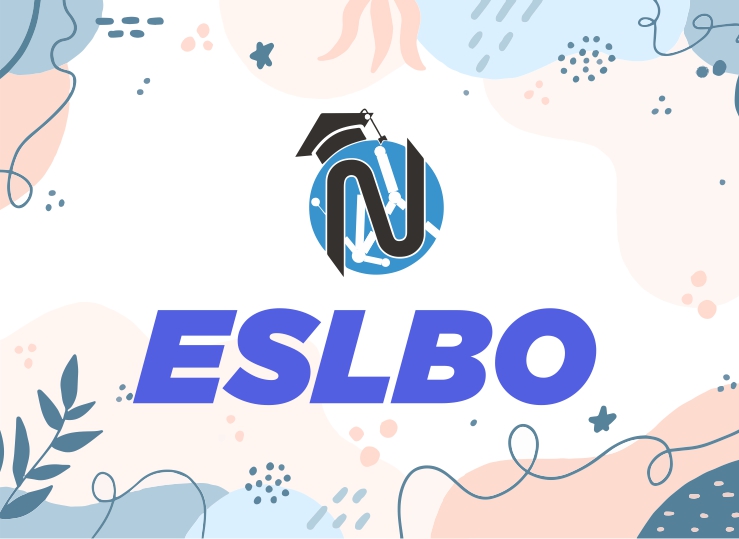
English as a Second Language (ESLBO)
Course Description
This course extends students’ listening, speaking, reading, and writing skills in English for everyday and academic purposes. Students will participate in conversations in structured situations on a variety of familiar and new topics; read a variety of texts designed or adapted for English language learners; expand their knowledge of English grammatical structures and sentence patterns; and link English sentences to compose paragraphs. The course also supports students’ continuing adaptation to the Ontario school system by expanding their knowledge of diversity in their new province and country.
For Ministry Guideline Click Here
| Units | Descriptions | Length (Approximately) |
|---|---|---|
| Unit 1 | All About Me! In this unit, students learn how to use and create a Voki and a Prezi, which are online software programs that help them to make and share presentations. They will use the Voki to introduce themselves to their teacher and classmates, and with their Prezi, students will write a timeline about important events in their lives. Students will focus on their strengths as students, as well as the areas in which they could improve. They will also participate on a Discussions and writing exercises which will allow them to write about their ideas, opinions, and feelings. |
15 hours |
| Unit 2 | Telling Stories: In this unit, students will read and listen to fables, which are short stories that are passed down from generation to generation. While listening to and reading these stories, they will learn about several English language structures, as well as how to pronounce words more accurately. Students will write a short conversation (dialogue) between two characters, and they will create an oral retell of a story. |
20 hours |
| Unit 3 | Comparing: In this unit, students will learn to recognize and use the comparative and superlative forms of adjectives. Articles and news reports about the different Olympic or other records will introduce a variety of interesting characters, vocabulary and topics. Independent, free reading will be supported. The unit will also focus on listening, speaking and nonverbal communication skills. Students will create and record their own news cast on a self-chosen topic. |
15 hours |
| Unit 4 | Canada – geography and society: In this unit, students will learn about the five geographic regions that make Canada so beautiful and diverse. They will journey from the West Coast to the Atlantic Region, learning about the similarities and differences among the regions. Students will create an audio (oral) journal, as well as a personal thesaurus, and they will also learn how to extract information from texts and organize it into charts. |
20 hours |
| Unit 5 | Canada – political system: This unit focuses on Canada’s three levels of government, the electoral process, which is how Canadians vote for the politicians who represent them, and the main political parties in Canada. Through media texts, students will also learn about the diversity (differences) in languages and cultures that are visible in Canada. They will continue to participate on the Discussion Board, but throughout this unit, students will post their audio (spoken) responses and replies to their classmates’ posts. |
18 hours |
| Unit 6 | Graphic Novel Study: In this unit, students will read a graphic novel. Smaller portions of text are combined with stunning images, providing the student with visual cues about what is happening in the story. Students will write their thoughts, ideas, and opinions, along with information from the story, in a journal. They will also continue to communicate with one another, through speaking, on the Discussion Board. Students will learn how to organize and write an opinion paragraph, based on events from the graphic novel. |
18 hours |
| Final Assessment: Final Culminating Task (10%)-2 Hrs Final Exam (20%) -2 Hrs |
4 hours | |
| Total | 110 hours | |
Overall Curriculum Expectations
By the end of this course, students will:
- demonstrate the ability to understand, interpret, and evaluate spoken English for a variety of purposes.
- use speaking skills and strategies to communicate in English for a variety of classroom and social purposes.
- correctly use the language structures appropriate for this level to communicate orally in English.
By the end of this course, students will:
- read and demonstrate understanding of a variety of texts for different purposes.
- use a variety of reading strategies throughout the reading process to extract meaning from texts.
- use a variety of strategies to build vocabulary.
- locate and extract relevant information from written and graphic texts for a variety of purposes.
By the end of this course, students will:
- write in a variety of forms for different purposes and audiences.
- organize ideas coherently in writing.
- correctly use the conventions of written English appropriate for this level, including grammar, usage, spelling, and punctuation.
- use the stages of the writing process.
By the end of this course, students will:
- use English and non-verbal communication strategies appropriately in a variety of social contexts.
- demonstrate an understanding of the rights and responsibilities of Canadian citizenship, and of the contributions of diverse groups to Canadian society.
- demonstrate knowledge of and adaptation to the Ontario education system.
- demonstrate an understanding of, interpret, and create a variety of media texts.
Assessment & Evaluation of student performance
Formative assessments are learning practices that provide important feedback to student progress. Examples include homework and quizzes.
Summative assessments form a foundation for final mark allotment at the end of the unit, term and final evaluation.
An achievement chart will be given to students at regular intervals and the purpose of the charts is to provide feedback to students in relation to content and performance strands.
| Knowledge and understanding | Communication | Thinking Inquiry and Problem solving | Application |
|---|---|---|---|
| 25% | 25% | 25% | 25% |
Unit Tests, Written assignments, presentations, Classroom Observations and Classroom conversations.










